Not all cute cats are healthy cats. Over the years, selective breeding has created cat breeds with exaggerated features that many find adorable, but at a serious cost. Some of the most popular breeds have been overbred to the point of chronic pain, genetic disorders, and compromised quality of life. Here are 10 cat breeds that have suffered due to extreme breeding practices.
Persian
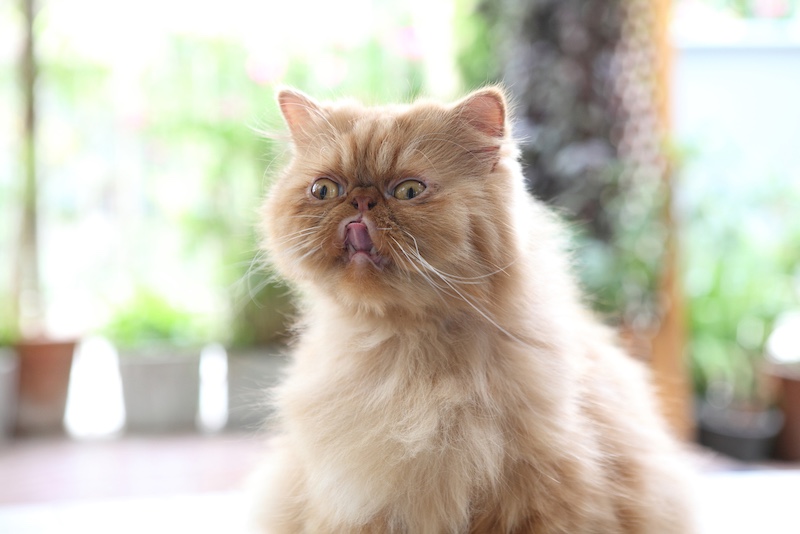
With their flat faces and luxurious coats, Persians are among the most iconic cat breeds. But that flat face—known as brachycephaly—can lead to breathing difficulties, tear duct problems, dental misalignment, and heat sensitivity. Many Persians also suffer from polycystic kidney disease, which causes painful cysts in the kidneys and often leads to kidney failure.
Exotic Shorthair
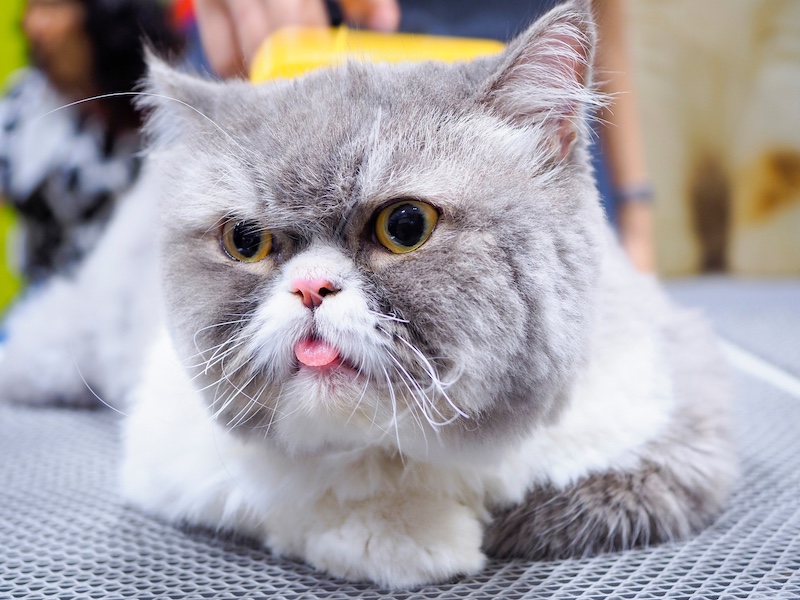
Often referred to as the “short-haired Persian,” Exotic Shorthairs have the same pushed-in face and associated health problems as their long-haired cousins. Their flat noses can restrict airflow, making it hard for them to breathe, especially in warm weather or during play. Their tear ducts often malfunction, leading to constant eye discharge and infections.
Scottish Fold
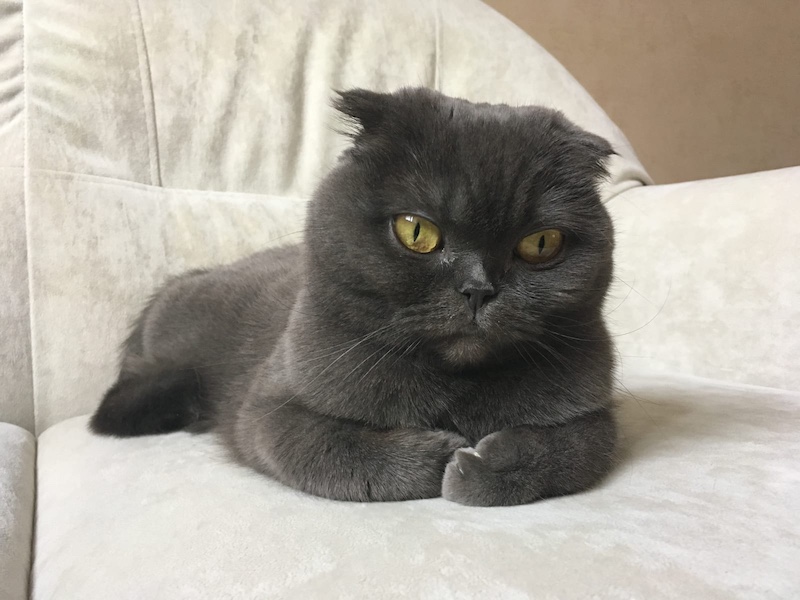
Scottish Folds are famous for their adorable folded ears, but that trait comes with a heavy price. The gene that causes the ear fold also affects cartilage throughout the body. As a result, many Scottish Folds develop painful degenerative joint conditions like osteochondrodysplasia, leading to chronic pain and reduced mobility from a young age.
Munchkin
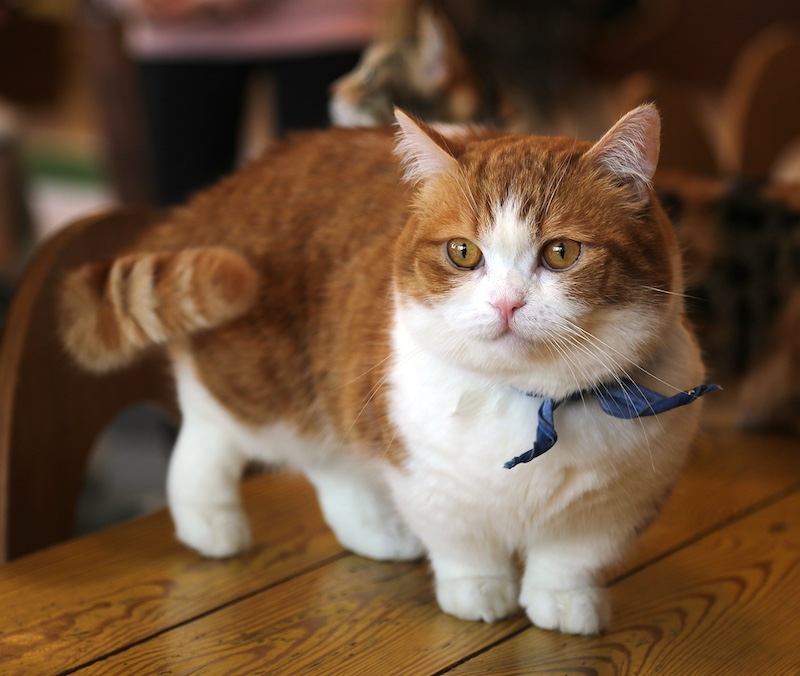
The Munchkin’s short legs are the result of a genetic mutation that has been likened to dwarfism in humans. While they may look cute waddling around, these cats often suffer from spinal deformities and joint issues. Some can develop lordosis, a condition where the spine dips downwards, compressing internal organs and causing pain or even early death.
Sphynx
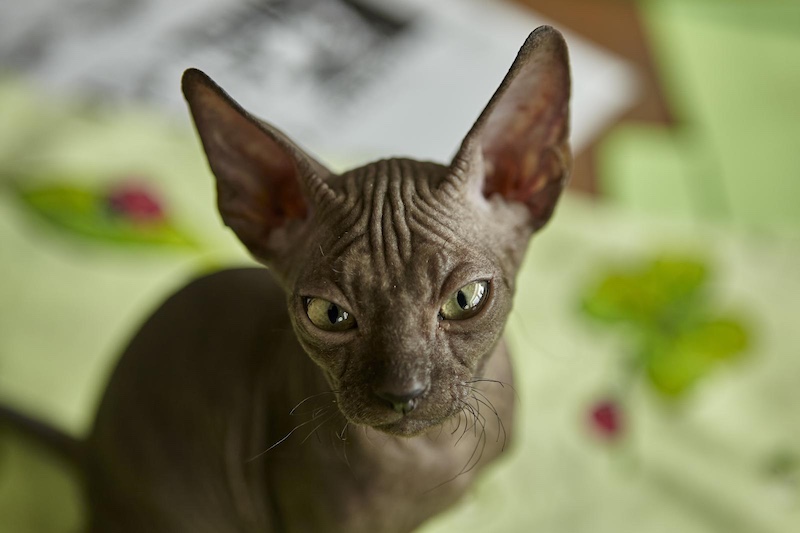
Hairless and striking, Sphynx cats are loved for their unique appearance and affectionate nature. However, the lack of fur makes them vulnerable to skin issues, including fungal infections, rashes, and sunburns. Many also suffer from hypertrophic cardiomyopathy (HCM), a genetic heart disease that causes the heart muscle to thicken painfully over time.
Burmese
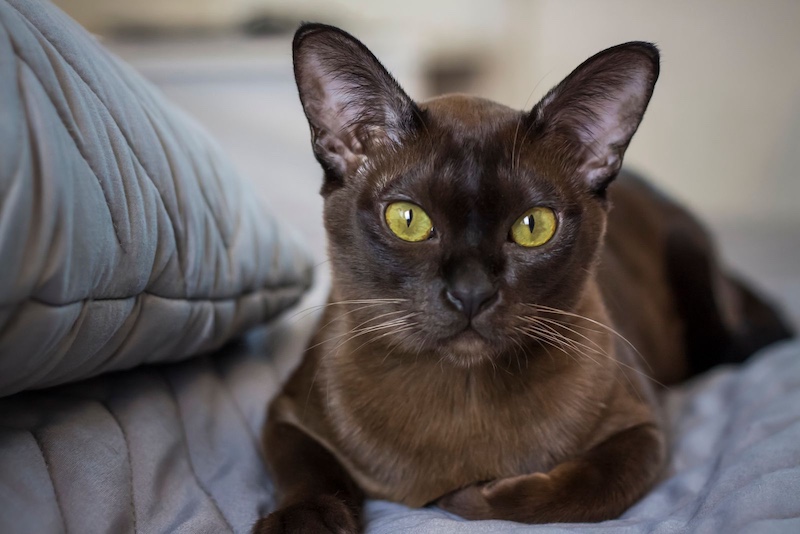
Selective breeding has created a short-nosed version of the Burmese that can struggle with brachycephalic-related health issues similar to those of the Persian. In some lines, there is also a risk of a genetic condition called hypokalemia, which causes muscle weakness, pain, and difficulty moving.
Peterbald
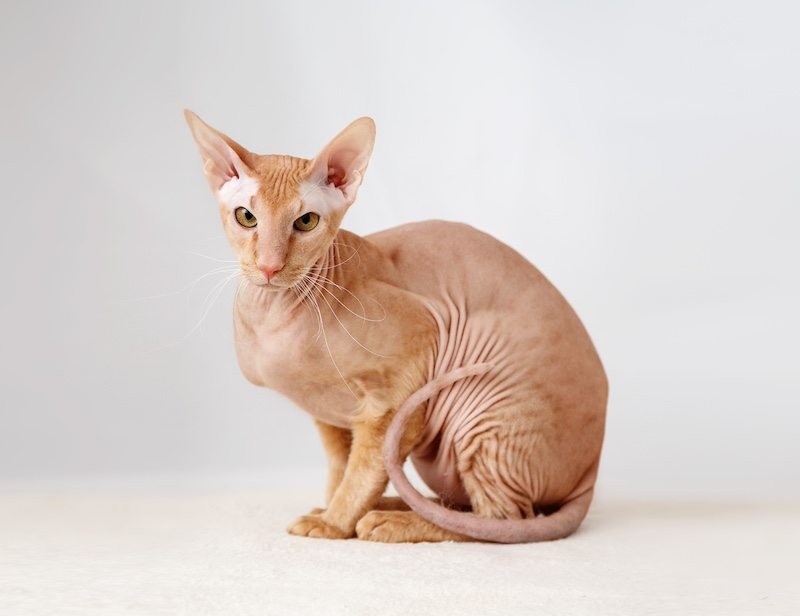
Another hairless breed, Peterbalds are prone to the same skin and temperature regulation issues as the Sphynx. Because of their delicate skin, they can develop pressure sores from simply lying on hard surfaces and may suffer painful reactions to grooming products or household allergens.
Devon Rex

The Devon Rex’s oversized ears, wide eyes, and thin coat are the result of specific mutations. While charming, these features can come with consequences like hereditary baldness, fragile skin, and a genetic condition called myopathy, which affects muscle function and can lead to weakness and discomfort.
Cornish Rex

Similar to the Devon Rex, Cornish Rex cats have very fine fur and a lithe body. They are vulnerable to hypothermia, skin infections, and digestive disorders, particularly in lines that have been inbred to maintain their unique look.
Oriental Shorthair
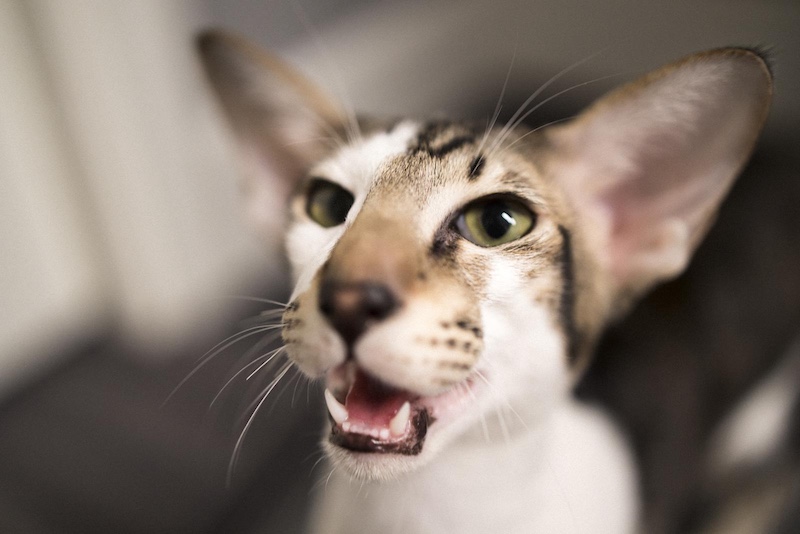
While generally healthy, the drive to exaggerate their long, slender features has led to a rise in congenital defects like kinked tails, heart defects, and jaw misalignment, which can cause eating problems and discomfort.
- Please Note: This content was created with the assistance of AI and thoroughly edited by a human before publishing.

